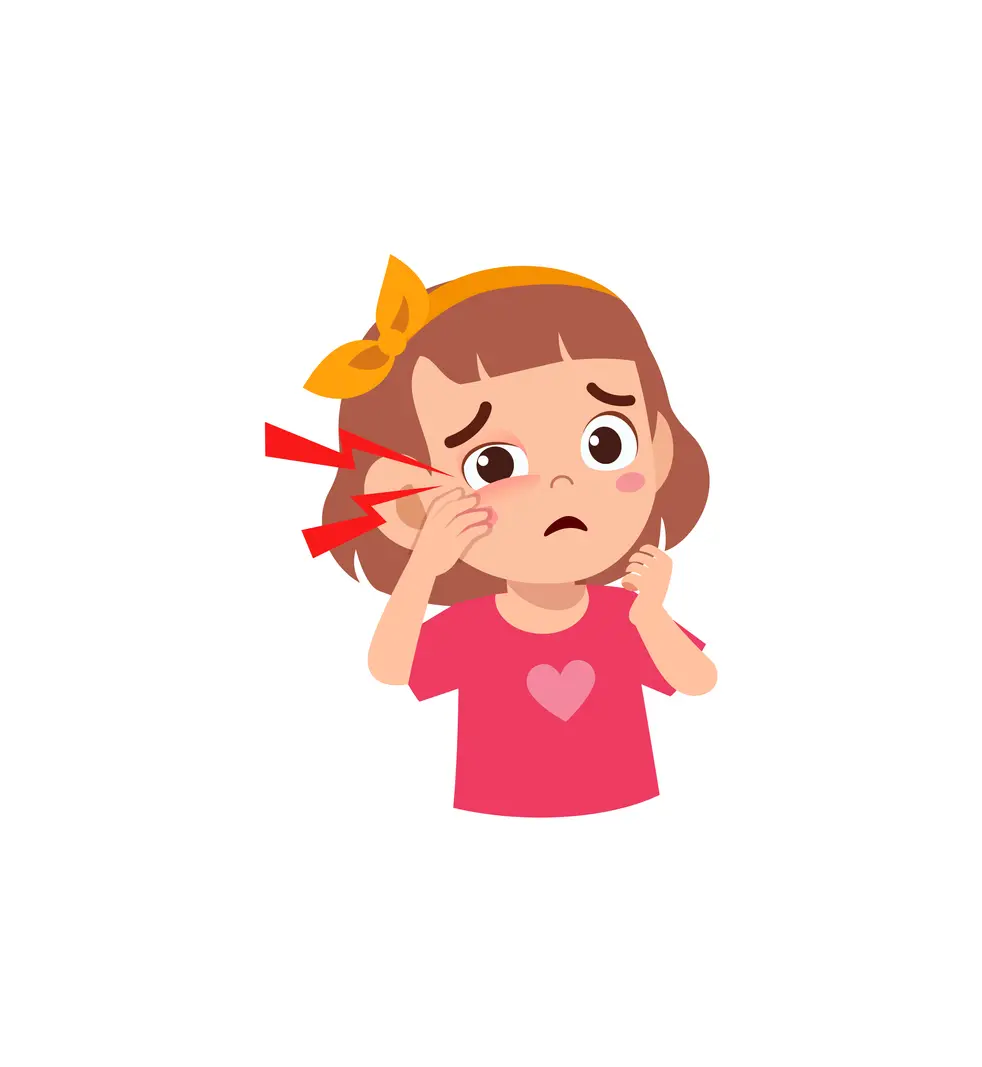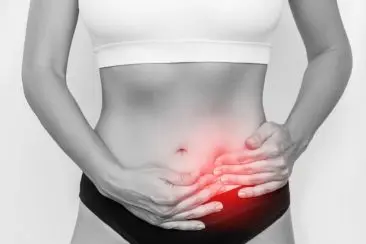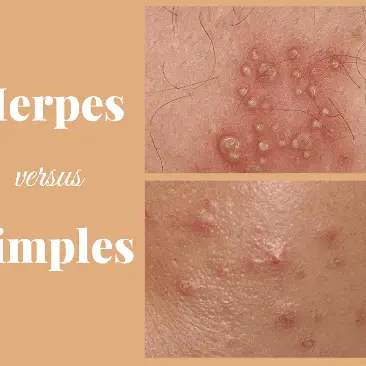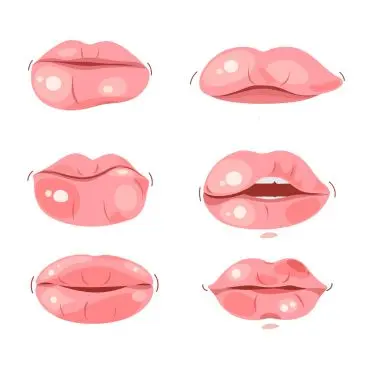Pink Eye vs. Stye: What's the Difference?
As vital as your eyes are to your daily functioning, they are susceptible to irritation and infection.
Redness, swelling, or pain in one or both eyes may have you wondering what is wrong. You may have pink eye or a stye if you experience these symptoms. Unlike pink eye (also known as conjunctivitis), a stye occurs when the oil-producing tear duct of the eye becomes infected.
Neither condition is likely to result in significant complications and can usually be treated at home without antibiotics. Please find out the difference between pink eye and a style, how they're diagnosed, and how to treat them.
How Do Pink Eye and Styes Differ?
Pink eyes and styes are conditions that cause pain and irritation in your eye, but they have different causes and symptoms. Redness or inflammation of the conjunctiva, the thin layer surrounding the white part of your eyeball and inner eyelid, is pink eye.
A viral or bacterial infection can cause it, as well as allergies or irritants. Alternatively, a stye occurs when a person's eyelid gland becomes blocked - also known as a hordeolum. There is a painful, pimple-like bump on the outer or inner eyelid.
Signs and Symptoms
Even though pink eye and styes both affect the eyes, they have distinct symptoms.
Pink Eye Symptoms
The following symptoms characterise pink eye:
- The white of the eye is pink or red.
- Swelling of the conjunctiva (the white part of the eye surrounded by the inner surface of the eyelid)
- Tear production increased
- Burning, itchiness, or irritation
- Pus or mucus discharge
- In the morning, you wake up with crusty eyelids or lashes.
- The urge to rub one's eyes
- There's something in your eye.
In most cases, pink eye causes eye redness and irritation, but the symptoms may vary depending on the cause.
Stye Symptoms
Symptoms of a stye include:
- It appears as a painful red bump on the side of the eyelid, near the eyelashes.
- Eyelid swelling
- Itching and soreness
- Eyelid crusting
- Light sensitivity
- Tear production increased
- There's something in your eye.
- The causes
- Styes and pink eye can cause a variety of bothersome symptoms.
- Their causes, however, differ.
Causes of Pink Eye vs. Styes
Pink eye can have several types, each with its own symptoms and treatment.
- In bacterial pink eye, the conjunctiva (the thin covering of the eyeball and inner eyelids) is infected with bacteria.
- Viral pink eye: Viral pink eye is caused by a viral infection. Often, it is caused by a viral illness, such as a typical cold or an ear infection.
- An allergic pink eye occurs when the conjunctiva becomes irritated by an external allergen, such as pet dander or pollen.
- A blocked tear duct in babies can also cause pink eye. Other irritants, like laundry detergent or soap, can also cause pink eye.
Stye Causes
- Styes are induced by bacterial infections in the glands that line the eyelids and release oil to lubricate the eyes.
- When this gland becomes blocked and infected by bacteria, styes form.
Comparing Pink Eye and Styes
| Feature | Pink Eye | Stye |
|---|---|---|
| Location | Conjunctiva (eye surface) | Eyelid gland (outer or inner lid) |
| Cause | Viral, bacterial, allergic, and irritants | Blocked/infected eyelid gland |
| Contagious? | Yes (if infectious) | No |
| Appearance | Red/pink eye, discharge, itchy | Painful red bump on eyelid |
| Treatment | Eye drops, compresses, antihistamines, antibiotics (if bacterial) | Warm compress, sometimes antibiotics |
| Duration | 1–2 weeks | About 1 week |
How Pink Eye and Styes Are Diagnosed
Your healthcare professional will ask about your symptoms, how long they've been going on, and their severity. Pink eyes and styes cause pain and irritation in the eye, but medical providers can distinguish between them fairly quickly.
You will be treated according to the cause of pink eye by your healthcare provider. It is common for styes to resolve on their own. If your style is worsening or not going away without medication, consult a healthcare provider or a dermatologist.
Treatment Options
Pink eyes and styes may require different treatments because of their other symptoms.
Some of these conditions don't require treatment at all.
Pink Eye Treatment
It usually requires a week or two for viral pink eye to disappear. Doctors may prescribe antiviral drugs for viral pink eye in severe cases, such as varicella-induced conjunctivitis. Viral pink eye cannot be treated with antibiotics, however.
It may take a few weeks for bacterial pink eye to resolve fully, but it usually improves within a few days. To treat bacterial pink eye that isn't determined, your healthcare provider might prescribe antibiotic eye drops or ointment.
Pink eye caused by allergies or irritation is best treated by removing the irritation. Your healthcare provider may also recommend an antihistamine or eye drops to treat allergy symptoms.
Symptoms may also be improved by applying a wet compress.
- You can make your compress home by wetting a soft, lint-free cloth with cool or warm water (whichever feels most comfortable).
- Don't touch your other eye with the same cloth if you only have pink eye in one eye.
- Stye Treatment
- Within a week or two, a stye usually disappears on its own.
- A healthcare provider may recommend antibiotics if a stye isn't improving or worsening without treatment.
- Some eye doctors drain styes by making a small incision after numbing the area with local anaesthesia.
- Warm compresses can also relieve stye symptoms.
- For 10-15 minutes, apply a clean, warm washcloth to the affected eyelid.
Prevention Tips
Pink eye and styes aren't always preventable, but certain practices can reduce your chances of getting them.
Pink Eye Prevention
- Pink eye is highly contagious when it is infectious.
- It would help to clean your hands before and after touching your eyes to prevent pink eye.
- To prevent the spread of infection, do not share eye makeup, face towels, or washcloths with others.
- Don't use the same washcloth or towel on both eyes if you have pink eye in one eye, and don't touch your other eye after touching the infected eye.
- You should only wear contacts once your pink eye has resolved, and do not re-use the pair you wore when you developed pink eye.
- Wash your pillowcase and towels after your symptoms improve to avoid getting pink eye again.
- Ask your doctor how antihistamines may reduce or prevent pink eye symptoms if you have allergies.
Preventing Styes
- It is not contagious to get a stye.
- If you need to touch your eyes, cleanse your hands frequently with soap and water to prevent styes.
- When putting in or taking out contact lenses or rubbing your eyes, always thoroughly wash your hands.
- Maintaining proper hygiene with your contact lenses can also help.
- Keep your eye products private; throw away eye creams and makeup after a few months.
Are Pink Eye and Styes Dangerous?
Pink eye and styes are rarely dangerous medical conditions. Spreading pink eye to another person is the most significant risk. If bacteria cause pink eye, treatment can help prevent its spread. In rare cases, a person's cornea can become inflamed, resulting in vision problems.
Most styes resolve on their own without causing any significant problems. Styes that don't go away may need to be drained by an eye doctor. In the oil-producing gland of the eyelid, a stye can develop into a chalazion if left untreated.
When to See a Doctor About Eye Symptoms
Seeing a health care provider who can diagnose and treat your eye or eyes can't hurt if they are bothering you. Contact a healthcare provider if your symptoms worsen, you aren't improving with treatment, your vision changes, or you are experiencing severe eye pain.
How Mobi Doctor Can Help
Mobi Doctor offers online urgent care. In minutes, you can check your symptoms, research conditions and treatments, and text a healthcare provider if needed.
Mobi Doctor is a virtual clinic that provides online consultations and 24/7 support for people with health problems. You can talk to our experts about any health problem, whether an infection, an injury, or a mental health issue. We offer tailored advice and support from our team of doctors and experts.






